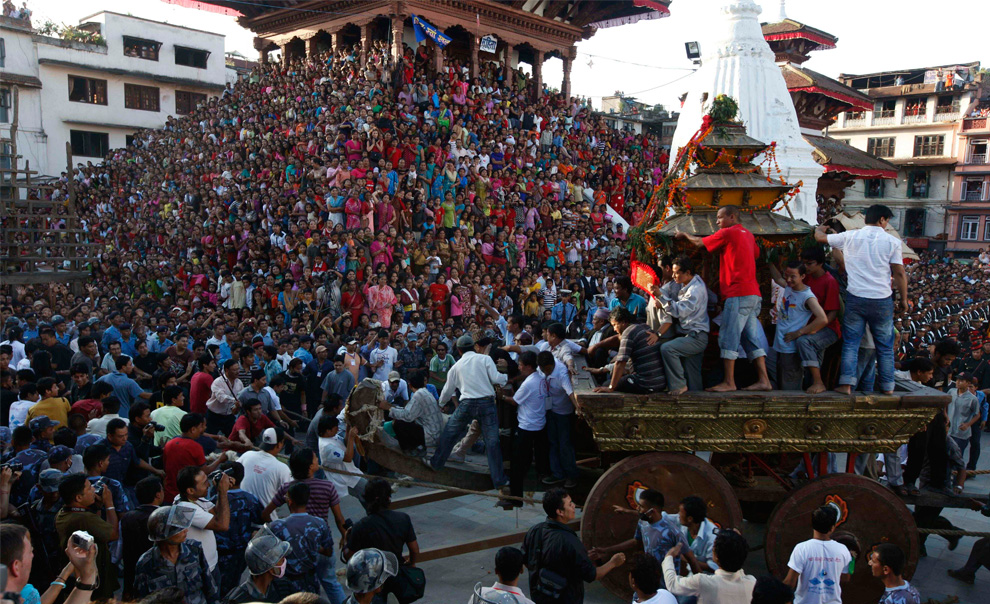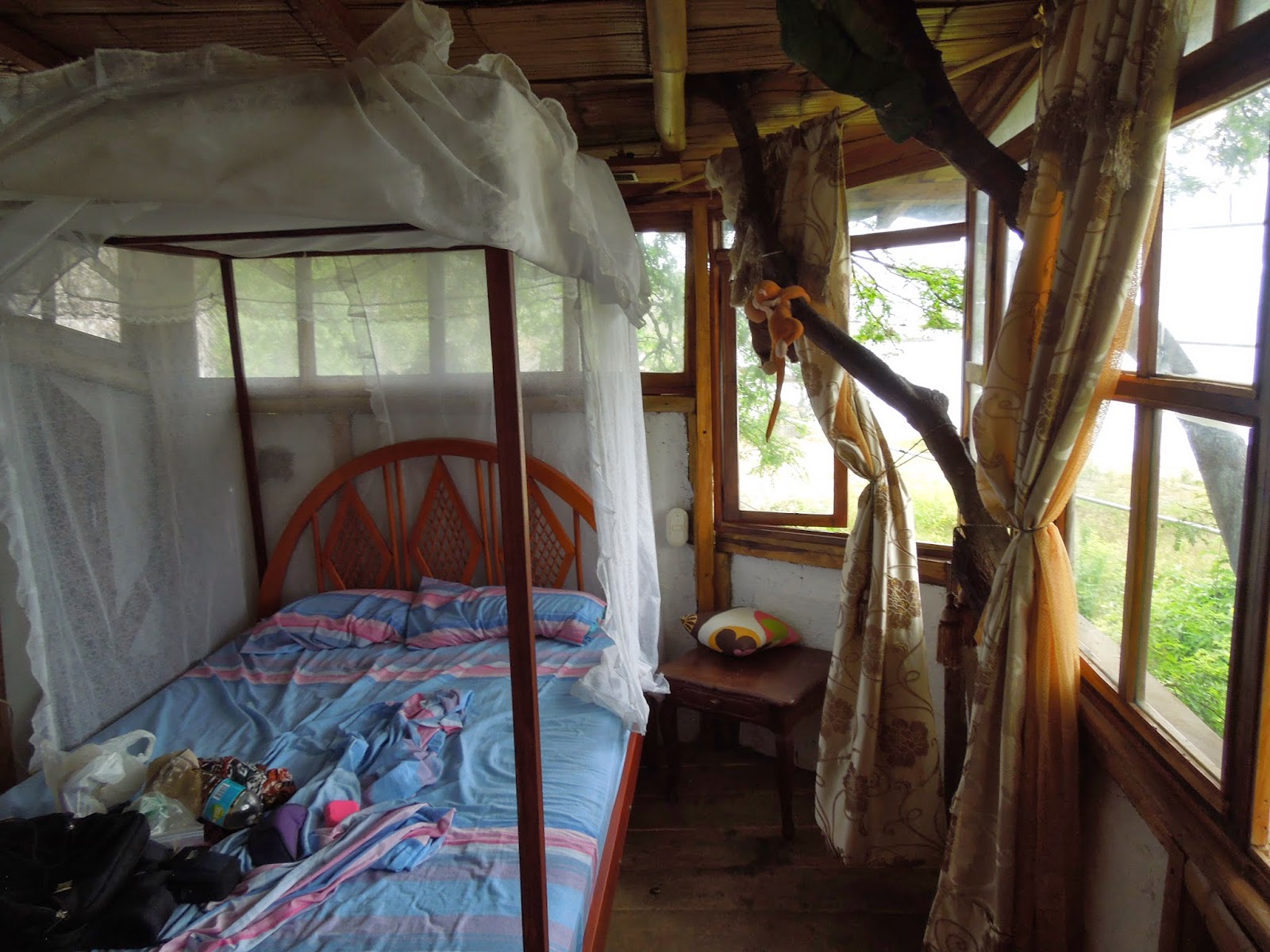From the perspective of a
tourist, almost everything in Cusco and the Sacred Valley is about the Incas.
There are amazing Inca ruins scattering the hilltops, Spanish churches are
built on top of old Inca walls and the local people still speak the Inca language. There are also Inca-buses, Inca-restaurants, Inca-hostels,
Inca-pizzas and Inca-shops selling everything from postcards to alpaca
sweaters. Before I visited Cusco I knew very little about the Incas and their
history. But now I feel like I have had a comprehensive crash course in
everything Inca.
I have to admit that initially I
was worried about visiting Cusco and Machu Picchu because I had heard that they
are over run with tourists. This may be true, but it did not ruin the magic for
me. This is a place that deserves all the tourist attention that it gets. The
mountains are beautiful, the buses are full of old ladies wearing colourful
hand-woven clothing and chewing coca leaves, and the Inca ruins were even more
impressive than I was expecting.
Cusco
Cusco was the capital of the
Inca Empire and some of their most impressive stonework can still be seen in
the walls of the streets and the bottoms of the colonial buildings. It was a
beautiful city to spend a couple of days in. One day we took a taxi about 8km up
the road and then walked back to the city – stopping at all the ruins along the
way.
 |
We were lucky to be in Cusco on the first Sunday of the festival of Carnival. The twelve year old boy working at our hostel showed us how to participate in the festival by filling water balloons and throwing them from the balcony of our room onto the heads of people walking by. We all took a bag of water balloons with us to the main square where everyone was throwing water and spraying party foam at each other. We didn’t want to take our cameras to the square but this is how I looked when we got back.
|
 |
Here is an example of Inca stonework in Cusco. The Incas were very good at fitting together odd shaped stones so that they fit perfectly – no need for mortar. This made their buildings very strong, beautiful and earthquake proof.
|
 |
More Inca stonework at one of
the ruins outside of Cusco. I was always impressed at how well the Inca buildings morphed with the natural rocks of the mountains.
|
Machu Picchu
We took the poor-man’s route to
Machu Picchu. To do this we took a 6 hour bus ride and then walked 2 hours
along the train tracks to the tourist town of Aguas Calientes. Then we stayed
overnight in Aguas Calientes and headed out at 4:30 am the next morning to give
ourselves enough time to climb the Inca steps and reach Machu Picchu before sunrise.
We spent all day at the ruins and then stayed overnight again in Aguas
Calientes. It was really nice to have so much time to spend at the ruins. We did part of a guided tour in the morning and then spent 4 hours
walking up and around Wayna Picchu (the small mountain beside the ruins). This
was one of my favourite parts of the day because we got to walk on
our own through beautiful Inca trails and hang out at some out-of-the-way Inca
ruins.
 |
| Walking beside the train track on our way to Machu Picchu |
 |
| Our first view of Machu Picchu. This is my favourite picture of the 3 of us from the trip. Look at how excited Matt is to be awake before 7am! (Wayna Picchu is the mountains above Dylan's head) |
 |
| View of the valley from the top of Wayna Picchu |
 |
| It was pretty cloudy when we were at the top of Wayna Picchu but we did manage to see the ruins bellow us every once and a while. |
 |
| This is part of the Inca trail that we walked to get around Wayna Picchu. There were so many stone steps! By the end of this day we were all wishing there was such a thing as Inca escalators or sip lines instead. |
 |
| Exploring the Inca ruins around the Temple of the Moon on the far side of Wayna Picchu. |
 |
| More Inca ruins |
 |
| Matt in his Inca couch (at the Temple of the Moon) |
 |
| My personal favourite picture of Machu Picchu. You can really see how the ancient town is hidden at the top of the mountain. On our way to Machu Picchu we walked along the side of the river you can see in this picture and we never noticed the ruins up above us. This is certainly the most spectacular location for ruins that I have ever seen. |
 |
| All of us at the famous postcard view of Machu Picchu. |
 |
| Everyone and their llama has a picture of themselves at this place. |
The Sacred Valley
The sacred Valley is the name of
the area near Cusco and Machu Picchu where many small Inca ruins and towns
are. We stayed a couple of nights in the town of Ollantaytambo and spent time
exploring the old fort nearby as well as the town itself.
 |
The entire town of Ollantaytambo
felt like an archaeological site. Even the wall of the internet café I visited was made of beautiful Inca stone work. This is the street that our hostel was on,
and yes, it too is Inca-made.
|
 |
A famous battle was fought at
this fort where the Incas successfully turned back the Spanish by flooding the
valley bellow (fort at Ollantaytambo).
|
While we were in the sacred Valley, we also stopped in the town of
Pisac. This is where we went on one of my favourtie hikes of the whole trip - up a terraced hilltop to see an Inca temple, Inca fort, and Inca tombs.
 |
| We picked up some felt hats at the market in Pisac. |
 |
| Matt on the top of an old Inca observation tower. The buildings down the side of the hill probably used to be Inca storage houses. |
 |
| Dylan and our trusty guide dog, who joined our party in town and stayed with us for the whole hike. |
 |
| Dylan standing at the top of the Inca fort. You can see some Inca tarracing in the background. |
 |
| I love mountains so much! |
 |
| The walk back down, just before sunset. |












































